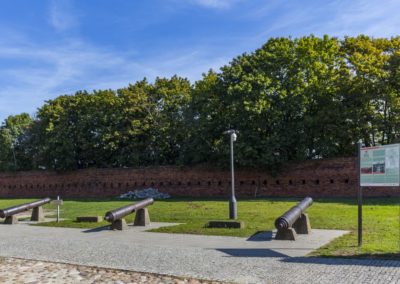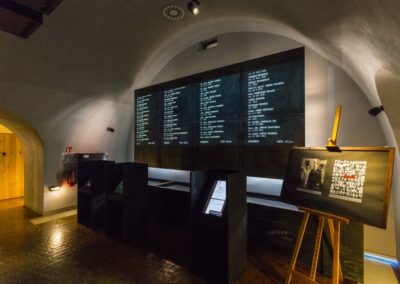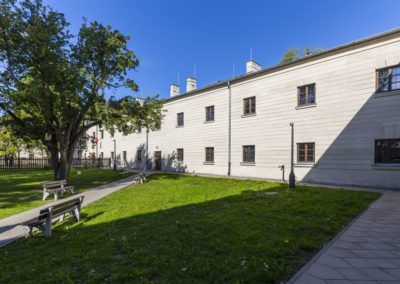Warsaw Citadel
An impressive nineteenth-century fortress built in 1832-1836 on the orders of Tsar Nicholas I after the suppression of the November Uprising. It was supposed to strengthen the control of the Russian partitioning authorities over the city, to force Poles to be obedient and convince them of the hopelessness of their independence efforts. In addition to the tsarist garrison, there was a prison in which thousands of Polish national activists and revolutionaries were detained and executed. To learn about their fates, visit the Museum of the 10th Pavilion of the Warsaw Citadel, in which the members of the National Government were imprisoned, including Romuald Traugutt, and the creators of independent Poland, Marshal Józef Piłsudski and Roman Dmowski.
The Citadel also houses the moving Katyn Museum dedicated to the memory of over 21,000 Polish officers and prisoners murdered in the spring of 1940 by the Soviet political police of the NKVD. Pay attention to the museum building, which in 2017 was one of the five nominees for the European Union prize for contemporary architecture. You will find it in the south-eastern corner of the Citadel.
In September 2023, the Polish History Museum was opened in the fort.
Polish History Museum
ul. Gwardii, muzhp.pl/en
Katyn Museum
ul. Jana Jeziorańskiego 4, www.muzeumkatynskie.pl
Museum of the 10th Pavilion of the Warsaw Citadel
ul. Skazańców 25, muzeum-niepodleglosci.pl/xpawilon
Polish Army Museum
Plac Gwardii Pieszej Koronnej, muzeumwp.pl


























